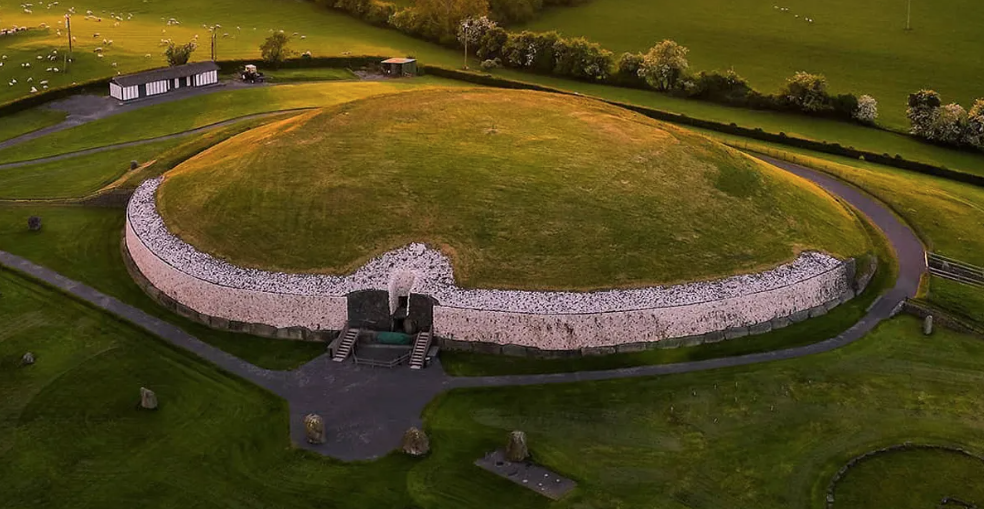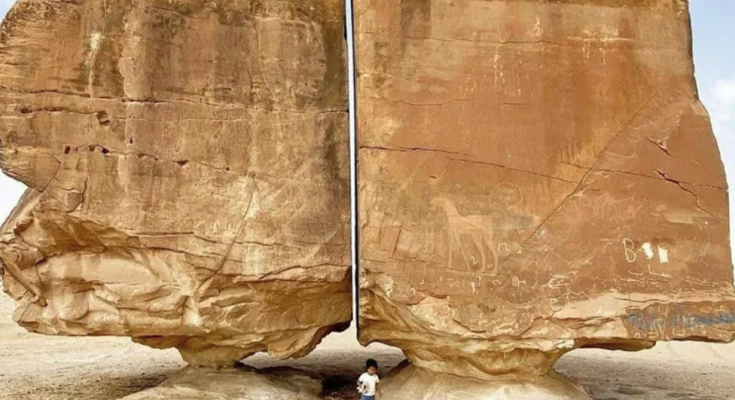Here are some of the most impressive examples of ancient megaliths around the world- A masterpiece of engineering and architecture. Ollantaytambo – Cusco.
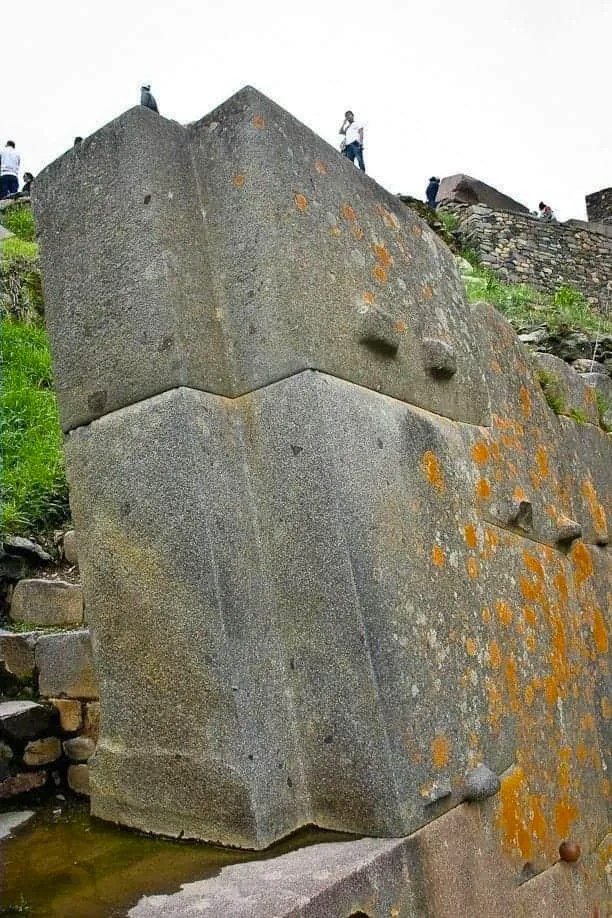
Al Naslaa Rock Formation
This impressive rock is split down the middle into two parts, so neatly that it seems as if it was performed with the precision of a laser beam. It measures about 6 m high and 9 m wide, and the overall shape may have been the result of wind erosion and chemical weathering. The two parts of the rock are both balanced on small pedestals and the southeast face of the rock is covered with numerous petroglyphs.

Osirion, Abydos
The Osirion or Osireion is an ancient megalithic structure located at Abydos, to the rear of the Temple of Seti. It is believed to date back to the pre-dynastic period, around 3500 BCE, making it one of the oldest known structures in Egypt. The temple is characterized by its massive stone blocks, which were expertly carved and fitted together without the use of mortar. The Osirion’s purpose and exact function remain a mystery, but it is thought to have been a place of worship or a funerary complex dedicated to the god Osiris. Its unique design and intricate stonework have made it a fascinating and enigmatic landmark for visitors and historians alike.

The Ancient Megalithic Wall of Arwad
Arwad – formerly known as Arados, also called Ruad Island – located in the Mediterranean Sea, is the only inhabited island in Syria. The town of Arwad covers the entire island. The island was settled in the early 2nd millennium BC by the Phoenicians. Located some 50 kilometers north of Tripolis, it was a barren rock covered with fortifications and houses several stories in height. The island was about 800 m long by 500 m wide, surrounded by a massive wall, and an artificial harbor was constructed on the east toward the mainland.

Göbekli Tepe
Göbekli Tepe is a Neolithic site in Şanlıurfa, Turkey. Dated between 9600- 8200 BC, it is the oldest known temple in the world. During excavations, more than 20 circular stone enclosures were discovered. The largest one was 20m across with two 5.5m tall pillars weighing up to 10 tons at its center. The stone pillars had carvings of stylized human figures with folded hands on them. The structures were at least 11,000 years old which makes them the oldest known monumental structures in the world.

The Wall of the Six Monoliths at Ollantaytambo Ruins
The wall of the Six Monoliths stands directly in front of the terraces at Temple Hill at Ollantaytambo Ruins. For unknown reasons, this construction was never completed. It is notable because of the distance the Inca had to move the huge stones. They used their special techniques to move the stones from a quarry high on the mountainside on the opposite side of the Rio Urubamba, across the river and up to the place where it now sits, a distance of 6 km (3.7 miles).
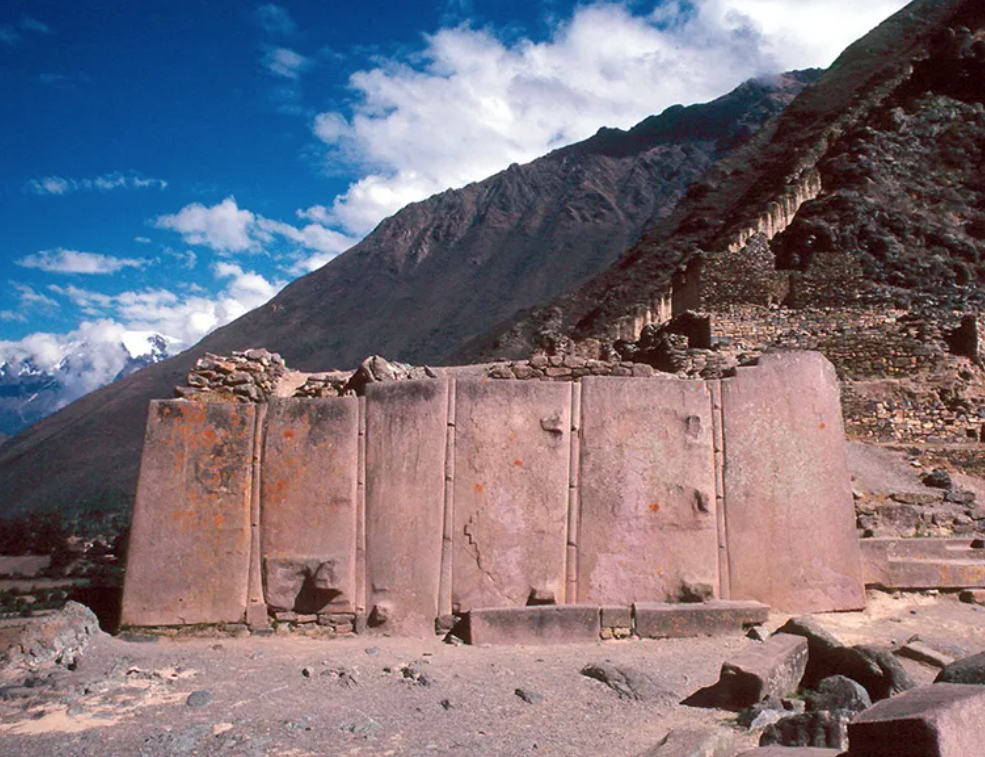
Moai, Head Statues in Polynesia
Moai or moʻai are monolithic human figures carved by the Rapa Nui people on Rapa Nui in eastern Polynesia between the years 1250 and 1500. Almost all moai have overly large heads, which comprise three-eighths the size of the whole statue – which has no legs. Moai are carved from volcanic tuff (solidified ash). The human figures would be outlined in the rock wall first, then chipped away until only the image was left. The over-large heads (a three-to-five ratio between the head and the trunk, a sculptural trait consistent with the Polynesian belief in the sanctity of the chiefly head) have heavy brows and elongated noses with a distinctive fish-hook-shaped curl of the nostrils.

Temple G Columns in Selinunte Ancient City
Temple G was the largest in Selinunte (113.34 meters long, 54.05 meters wide, and about 30 meters high) and was among the largest in the Greek world. This building, although under construction from 530 to 409 BC (the long period of construction is demonstrated by the variation of style: the east side is archaic, while the west side is classical), remained incomplete, as shown by the absence of fluting on some of the columns and by the existence of column drums of the same dimensions ten kilometers away at Cave di Cusa, still in the process of extraction.
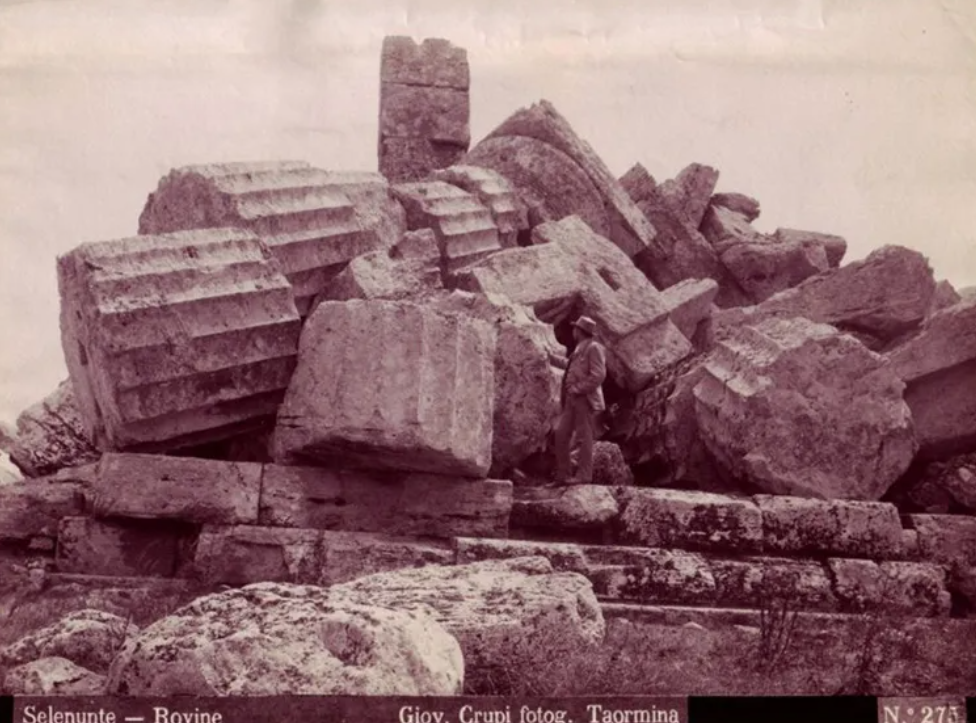
Baalbek Stones
The Baalbek Stones are six massive Roman worked stone blocks in Baalbek (ancient Heliopolis), Lebanon, characterized by a megalithic gigantism unparallelled in antiquity. The smallest three are part of a podium wall in the Roman complex of the Temple of Jupiter Baal (Heliopolitan Zeus) on Tel Baalbek and are known as the “Trilithon”.
Each of these is estimated at about 750–800 tonnes (830–880 short tons). The remaining three are Roman monoliths, not part of a larger structure, conventionally known as the “Stone of the Pregnant Woman” (estimated at 1,000 t), the “Stone of the South” (est. 1,242 t), and the “Forgotten Stone” (est. 1,650 t). These are, in reverse order, the first, third, and tied fifth largest known stones ever quarried in human history. They are believed to have been intended for the nearby Jupiter Baal complex, possibly as an addition to the Trilithon; but, perhaps due to their size, they were never removed from their quarry. They have not been used since their extraction in ancient times.

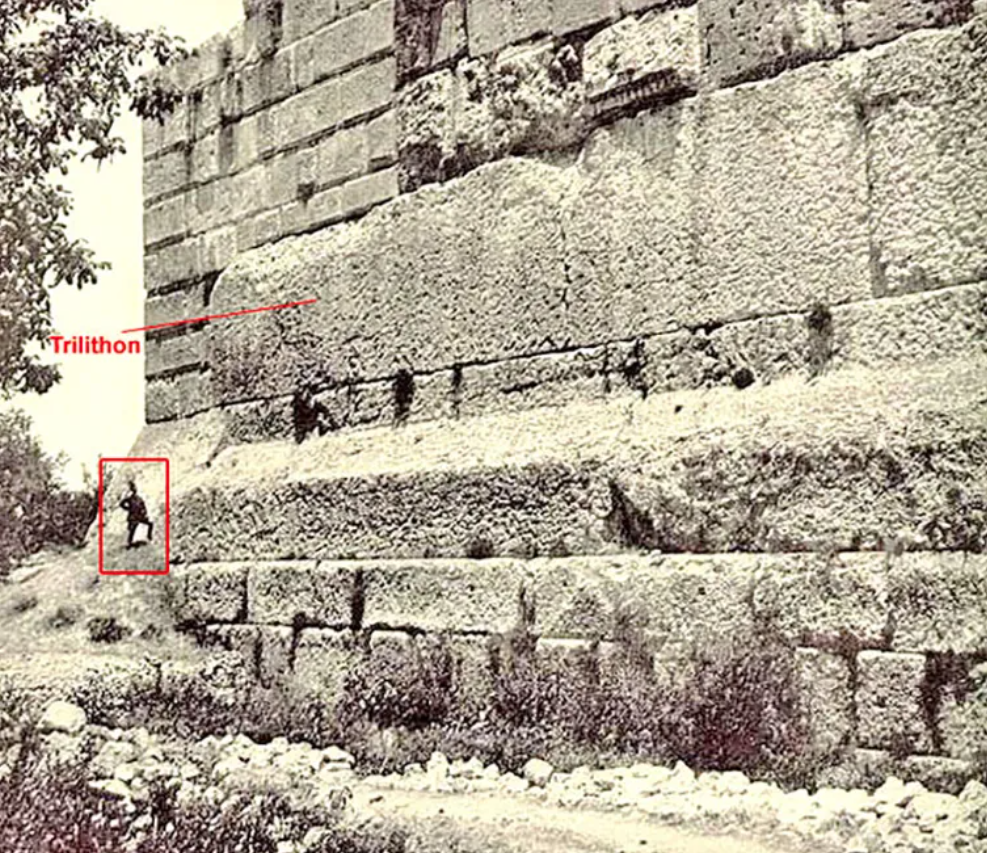

Dolmen de Soto
Dolmen de Soto, dated between 3000 and 2500 B.C., belongs to a family of dolmens known as long corridor dolmens. The large size of the 21-meter-high Dolmen de Soto is one of its most astonishing features. It is the largest dolmen that has been found in the Huelva province in Spain. Its width varies depending on the area. Close to the door, it is about 0.8 meters wide, while in the chamber section, it is over three meters wide.

Megalithic walls at Sacsayhuamán, near Cusco, Peru– Built in the 1100s by the Killke Culture
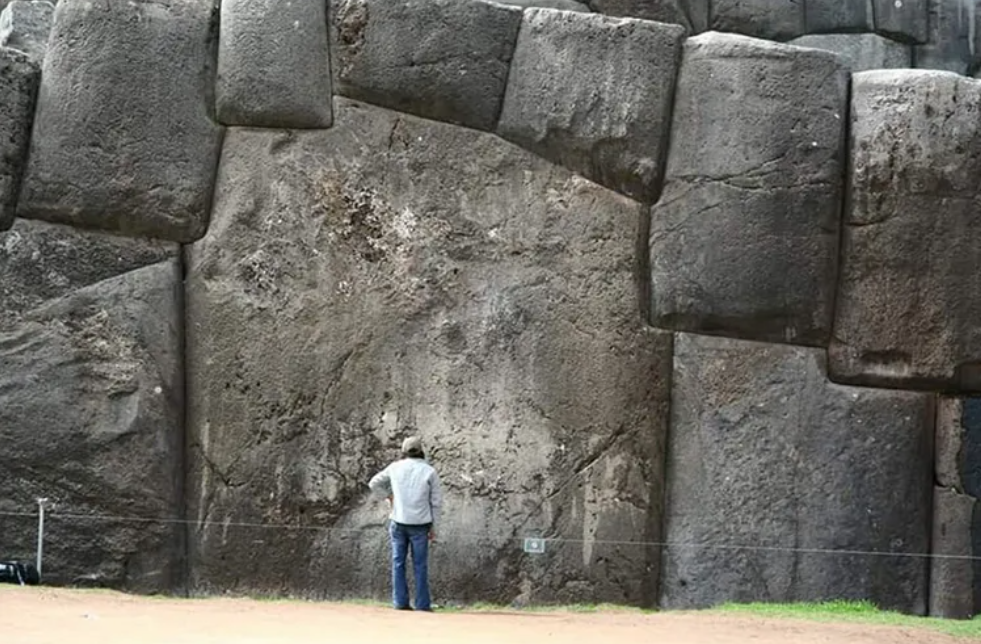
Mysterious Newgrange Tomb
The Newgrange Tomb, which is a part of the extensive Brú na Bóinne complex (Palace of the Boyne) in County Meath, is one of the most famous Megalithic monuments in the world and the most famous site of Neolithic art in Ireland. Carbon-14 dating methods indicate that Newgrange Tomb was constructed between c.3300-2900 BCE, which is six centuries older than the oldest pyramid in Egypt and seven hundred years older than the stone circle at Stonehenge, during the late Stone Age or early Bronze era. Megalithic art experts calculate it took a workforce of 300, about 20 years to complete.
